Disclosure: This article contains affiliate links. We may earn a commission from purchases at no extra cost to you, which helps our travel content.
When I moved to Darwin eight years ago after my husband's passing, I never imagined how deeply this tropical frontier would captivate me. As an environmental scientist accustomed to Baltimore's distinct seasons, Darwin's dramatic wet-dry cycle fascinated me professionally, but it's the wild, untamed spirit of the Top End that stole my heart personally. The dry season (May-October) transforms Darwin into an adventure playground where ancient landscapes meet modern exploration opportunities. After guiding countless friends and family through my adopted hometown's natural wonders, I'm sharing my favorite outdoor adventures that reveal Darwin's ecological treasures and cultural richness.
Jumping Crocodiles on the Adelaide River
Nothing quite prepares you for the primal thrill of watching a five-meter saltwater crocodile propel its massive body vertically from the water, jaws snapping at meat suspended from a pole. The Adelaide River Jumping Crocodile Cruises, about an hour's drive from Darwin, offer an encounter that connects you viscerally with one of Earth's most ancient predators.
As an environmental scientist, I'm typically wary of wildlife tourism, but the established operators here maintain respectful distances while providing educational commentary about these magnificent reptiles' ecological role. The crocodiles remain wild, following their natural behaviors—they've simply learned that boats might mean an easy meal.
I'll never forget bringing my 8-year-old grandson last dry season. His wide-eyed wonder watching 'Brutus'—a massive male missing one front leg from a shark encounter—launch from the water reminded me why these experiences matter. They create the conservationists of tomorrow.
For this adventure, I recommend wearing a wide-brimmed hat as shade is limited on the boats. The midday sun is unforgiving in the Territory, even during winter months.
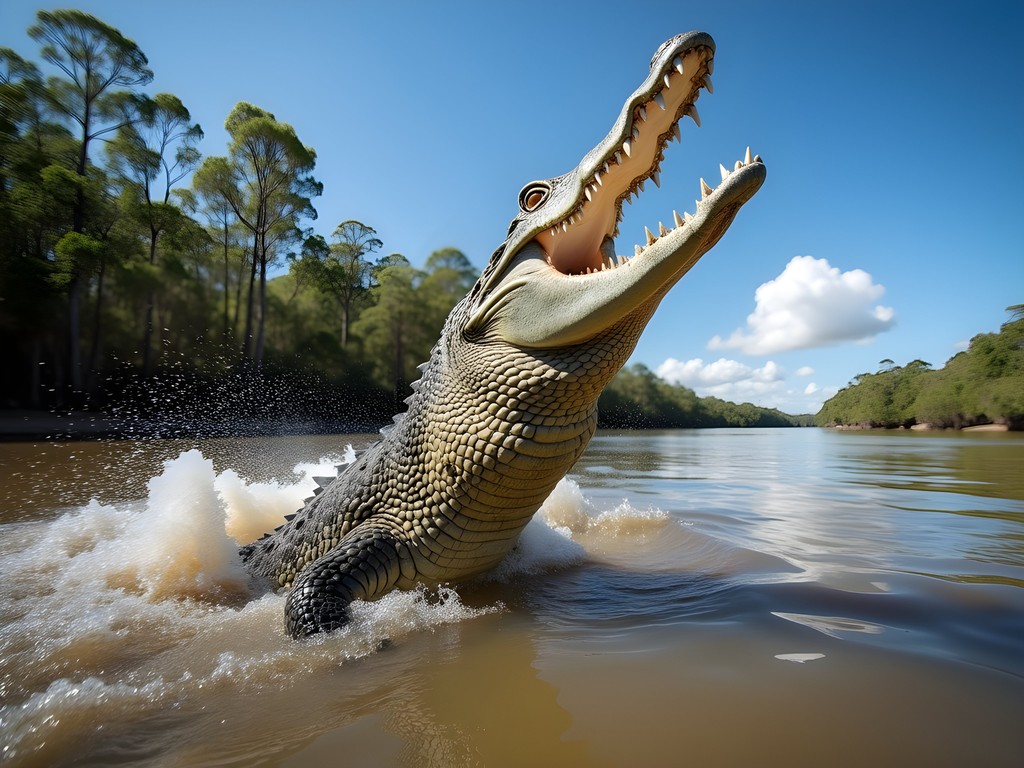
💡 Pro Tips
- Book the first morning cruise when temperatures are cooler and crocodiles are more active
- Bring a zoom lens for photography—you'll be at a safe distance
- Choose operators who emphasize education over sensationalism
Litchfield National Park's Hidden Swimming Holes
While tourists flock to the popular Florence and Wangi Falls in Litchfield National Park, my scientific curiosity has led me to discover several lesser-known swimming holes that offer both refreshing respite from the heat and fascinating ecological microsystems.
Tjaynera Falls (Sandy Creek) requires a 4WD vehicle and a moderate 3.4km return walk, filtering out the crowds. The reward is a pristine plunge pool nestled within sandstone escarpments where you can float peacefully while watching butterflies dance above the water surface. The microclimate created by the falls supports specialized plant communities that I've spent hours documenting.
For those seeking true solitude, Surprise Creek Falls involves a challenging but rewarding 7.5km return hike. I've spent entire afternoons here without seeing another soul, watching agile wallabies come to drink as the afternoon light filters through the paperbark trees.
I never venture into these remote areas without my personal locator beacon. Cell service is nonexistent, and as someone who often hikes solo, this small device provides essential safety insurance.
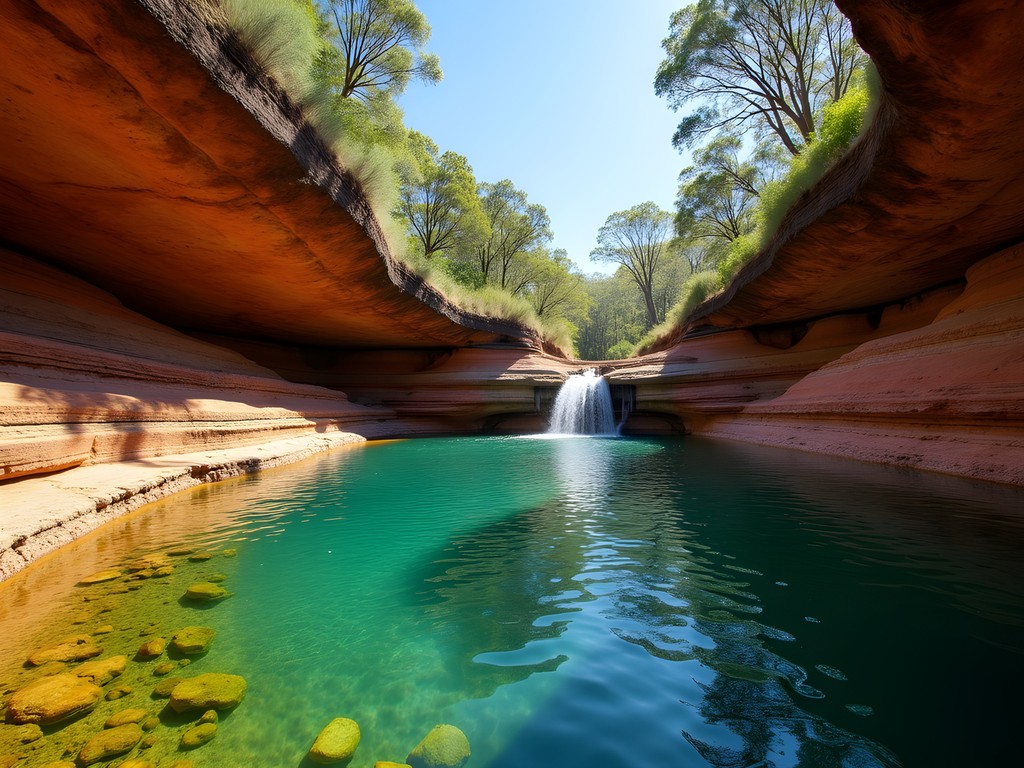
💡 Pro Tips
- Check road conditions before attempting access to remote swimming holes
- Always scan water surfaces for telltale ripples that might indicate crocodile presence
- Pack more water than you think necessary—dehydration happens quickly in the tropical heat
Indigenous-Led Adventures in Kakadu National Park
My most profound experiences in the Top End have come through indigenous-led tours in Kakadu National Park. As an environmental scientist, I've studied ecosystems for decades, but the traditional ecological knowledge shared by Bininj/Mungguy guides has transformed my understanding of this ancient landscape.
Jim Jim Falls tours with indigenous guides reveal not just spectacular scenery but stories connecting water, land, and cultural practices spanning 65,000 years. On my last visit, our guide Neville pointed out medicinal plants I'd walked past countless times without recognizing their significance.
Ubirr's rock art galleries come alive through indigenous interpretation. What might appear as simple animal depictions to untrained eyes are actually complex ecological records documenting species interactions, seasonal changes, and management practices refined over millennia.
For these cultural experiences, I recommend investing in a quality insect repellent. The natural formula is gentler on sensitive skin than DEET-based products, an important consideration when you're spending full days outdoors.
When visiting sacred sites, I always bring my travel journal to record insights rather than taking photos in restricted areas. This practice shows respect while allowing me to process the profound knowledge being shared.
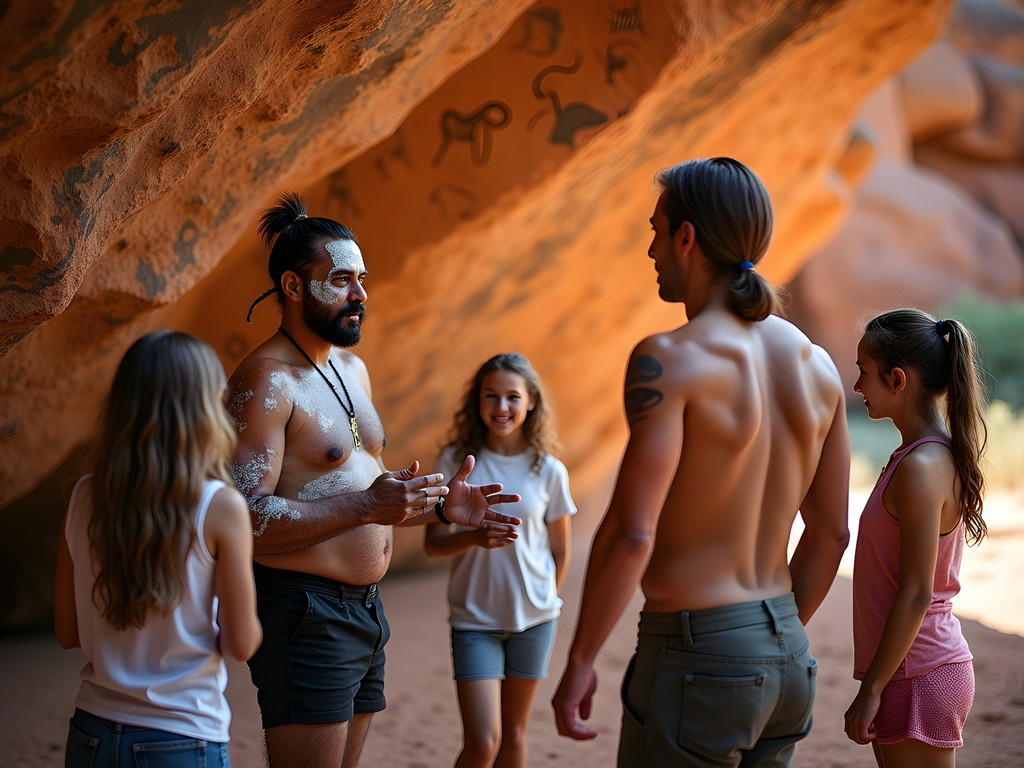
💡 Pro Tips
- Book indigenous-led tours well in advance as they often sell out
- Approach these experiences with humility and openness to different knowledge systems
- Respect photography restrictions at sacred sites
Nocturnal Wildlife Expeditions in Mary River National Park
As both a scientist and a nature enthusiast, I've found that Darwin truly comes alive after dark. The Mary River wetlands, just 90 minutes from the city, offer extraordinary nocturnal wildlife experiences that reveal a completely different ecosystem than what's visible during daylight hours.
Joining a specialized night tour here feels like stepping into another world. Equipped with red-filtered spotlights (which don't disturb wildlife), we've tracked the glowing eyes of nocturnal marsupials like northern quolls and brush-tailed possums. The Mary River region hosts one of the highest concentrations of nocturnal mammals in the Top End, many of which are increasingly rare elsewhere in Australia.
What fascinates me most is observing the complex ecological relationships that unfold after sunset. Owls silently hunting, flying foxes pollinating paperbark blossoms, and the occasional dingo patrolling the floodplains—each playing their role in this intricate natural theater.
For these expeditions, I never leave home without my red light headlamp. The red light setting allows wildlife observation without disrupting natural behaviors, and having hands-free illumination is essential when taking field notes.
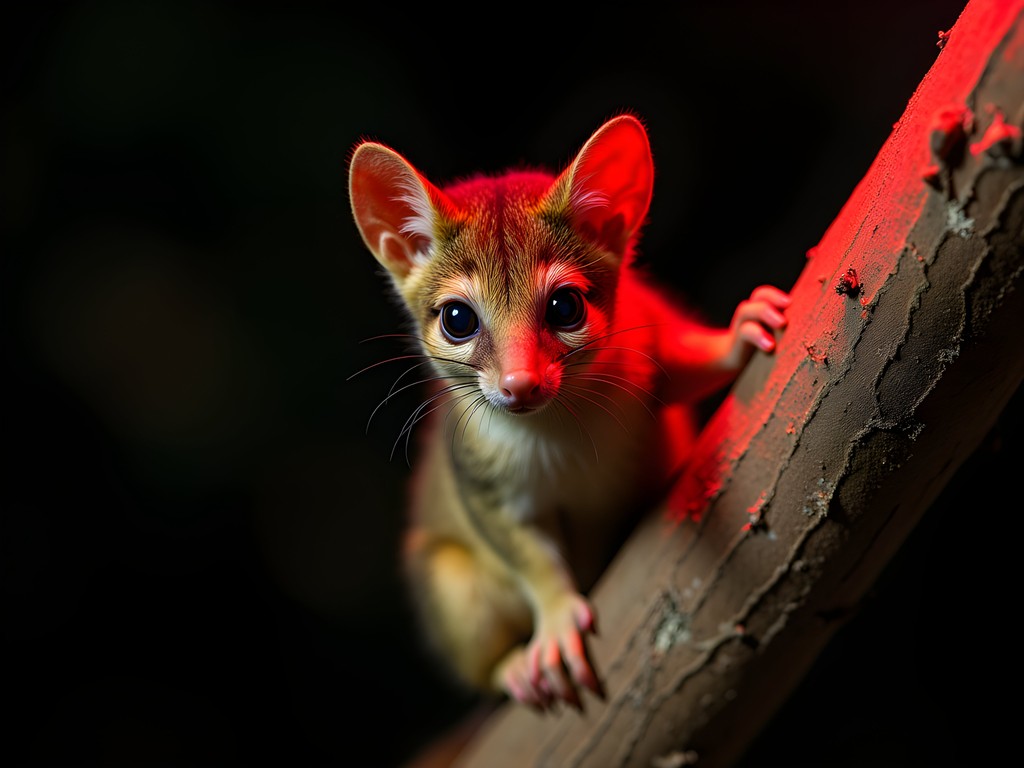
💡 Pro Tips
- Wear neutral-colored clothing to minimize your visibility to wildlife
- Move slowly and speak in whispers to maximize animal sightings
- Bring a lightweight jacket as temperatures can drop surprisingly low after sunset, even in tropical Darwin
Seasonal Birdwatching at East Point Reserve
As someone who's documented seasonal ecological changes for over three decades, Darwin's bird migrations continue to astonish me. East Point Reserve, just minutes from the city center, transforms throughout the dry season as thousands of migratory shorebirds arrive from as far away as Siberia.
My favorite morning ritual involves arriving at the mangrove boardwalk just after sunrise, when the low tide exposes vast mudflats. Through my spotting scope, I've observed red-necked stints, great knots, and eastern curlews feeding frantically to build reserves for their epic journeys.
What makes East Point particularly special is the diversity of habitats within a small area. A single morning's walk takes you from mangroves to monsoon forest to coastal woodlands, each supporting different bird communities. The reserve's military history adds another dimension—concrete bunkers from WWII now serve as roosting sites for rainbow bee-eaters and forest kingfishers.
For comfortable birdwatching in Darwin's climate, I recommend a cooling neck gaiter. Simply wet it with water, wring it out, and wear it around your neck for hours of heat relief while scanning the skies and trees.
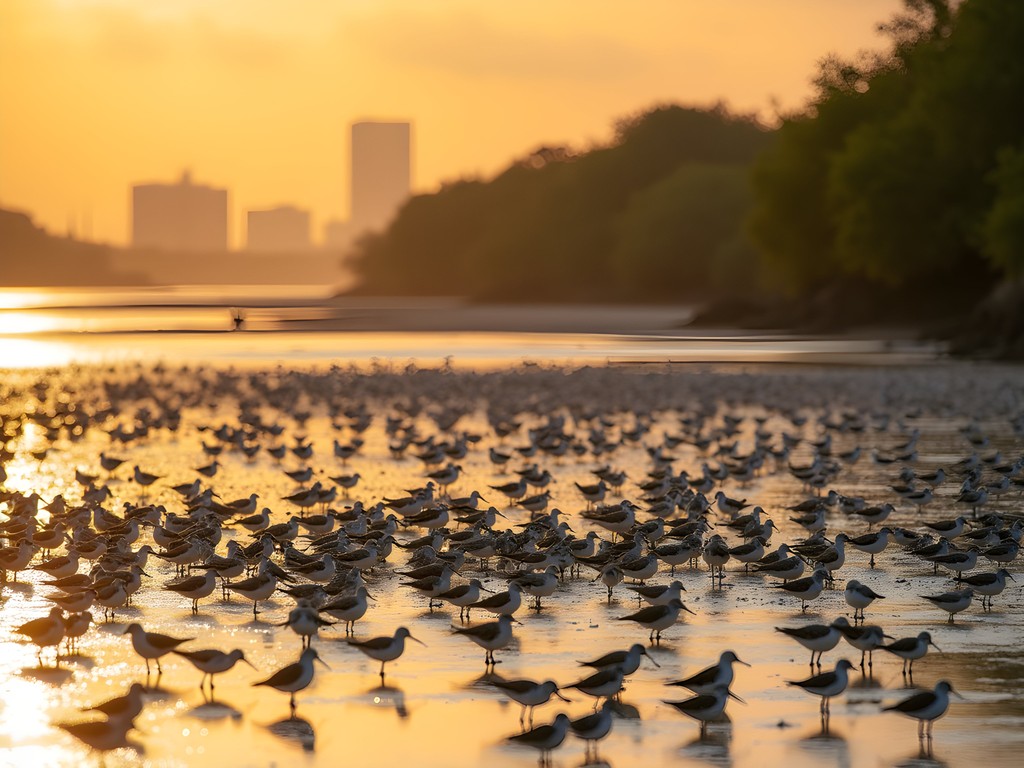
💡 Pro Tips
- Visit during incoming tides when shorebirds are pushed closer to observation points
- The Lake Alexander area is excellent for waterbirds year-round
- Join the NT Field Naturalists' Club monthly outings for expert guidance
Final Thoughts
As the dry season sun sets over Darwin Harbour, painting the sky in impossible shades of orange and pink, I'm reminded why I chose to rebuild my life in this wild corner of Australia after losing my husband. Darwin isn't just a destination—it's a living classroom where nature's rhythms remain largely intact despite our modern intrusions. The adventures I've shared represent more than tourist experiences; they're portals to understanding the complex ecological and cultural tapestry that makes the Top End truly unique. Whether you're tracking nocturnal marsupials, floating in ancient billabongs, or learning from the world's oldest living culture, Darwin's outdoor experiences connect us to something increasingly rare in our digital age—authentic wilderness and the wisdom it contains. I encourage you to approach these adventures not just as activities to check off a list, but as opportunities to develop your own relationship with this remarkable landscape. The Top End has a way of working itself into your soul, if only you give it the chance.
✨ Key Takeaways
- Darwin's outdoor adventures are best experienced during the dry season (May-October) when weather conditions are ideal
- Indigenous-led experiences provide the deepest understanding of the landscape's ecological and cultural significance
- Lesser-known locations often offer more meaningful encounters with wildlife and natural systems
- Proper preparation for tropical conditions (heat, insects, limited services) ensures safer, more enjoyable adventures
📋 Practical Information
Best Time to Visit
May to September (dry season)
Budget Estimate
$150-300 AUD per day for activities, accommodation and meals
Recommended Duration
7-10 days
Difficulty Level
Moderate

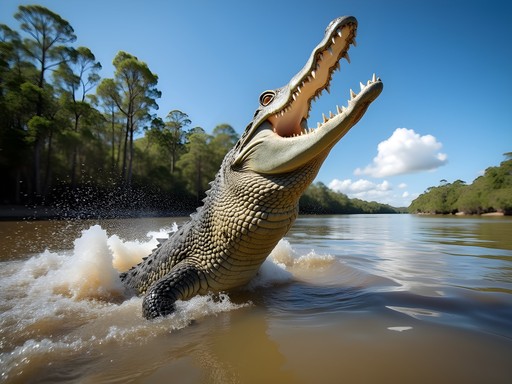


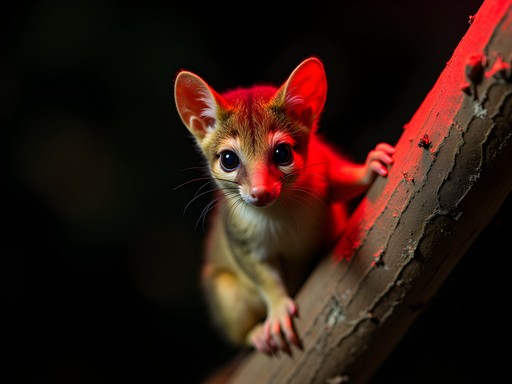
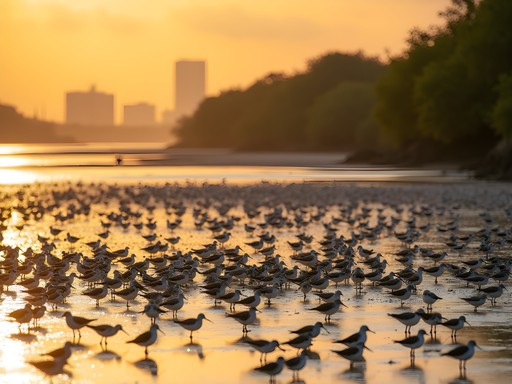







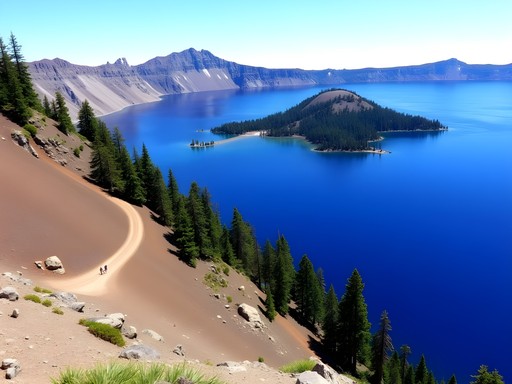


Comments
springperson
I did the nocturnal wildlife expedition in Mary River last year and it was INCREDIBLE! Seeing those saltwater crocs with just our spotlights in the darkness was both terrifying and exhilarating. Our guide was this amazing local who could spot wildlife I would have completely missed. The night sounds of the wetlands are something I'll never forget. Allison, your description brought it all flooding back! Anyone heading to Darwin absolutely must add this to their itinerary.
mountainlegend
How safe are those swimming holes in Litchfield? Any crocs to worry about there? Planning a trip in October and trying to figure out where it's actually safe to swim.
Allison Greene
Great question! The main swimming areas in Litchfield like Florence Falls, Buley Rockhole, and Wangi Falls are regularly monitored and considered safe from saltwater crocodiles. They're separated from croc habitats by natural barriers. Park rangers check them regularly, especially after the wet season. Always check for closure signs though, and October should be perfect timing - well into the dry season!
mountainlegend
Thanks so much! That's really reassuring.
vacationway
Gorgeous pics! Darwin looks unreal!
Savannah Torres
I took my kids (ages 7 and 10) to Darwin last year and your post brought back so many wonderful memories! The jumping crocodile cruise was the absolute highlight for them - they're still talking about it! For families considering this trip, I'd add that the Defense of Darwin Experience museum was unexpectedly engaging for the kids too. We did most of what you mentioned in Litchfield, but I wish we'd brought our waterproof camera for the waterfalls - ended up buying a disposable one there! One thing I'd add - the Mindil Beach Sunset Market was perfect for dinner with picky eaters since there are so many options. Thanks for the beautiful post and sharing your personal journey, Allison.
islandguide
OMG the Indigenous-led tours in Kakadu sound AMAZING! 😍 I've been wanting to visit Australia forever and this just moved Darwin way up on my list! Those ancient rock art sites look incredible in your photos!
Allison Greene
They truly are life-changing experiences. The knowledge the Indigenous guides share makes the landscape come alive in ways you can't imagine. Hope you make it there soon!
Oliver Duncan
Allison, your story about moving to Darwin after losing your husband really touched me. I spent three weeks in Darwin last year and completely fell in love with Litchfield's swimming holes. Florence Falls was magical early in the morning before the crowds arrived. I actually had it completely to myself for about 20 minutes! One tip for anyone heading there: the Buley Rockhole is perfect for families since it has those graduated pools of different depths. I went during mid-June and the weather was absolutely perfect - dry season is definitely the way to go. Thanks for bringing back some great memories with your post!
citygal
Those jumping crocodiles sound terrifying but amazing! Not sure I'd be brave enough to get that close!
Oliver Duncan
They're actually safer than they look! The tour boats are really secure, and the guides know exactly what they're doing. It's a controlled environment despite how wild it seems!
citygal
Good to know! Maybe I'll work up the courage after all 😅
AussieTrekker
Those hidden swimming holes at Litchfield are the best kept secret! Buley Rockhole is my fave.
SoloWanderer
Would you recommend Darwin for solo female travelers? I'm thinking about a trip next year but wondering about safety, especially for those wildlife expeditions.
Allison Greene
Absolutely! I moved here as a widow and have explored extensively on my own. Darwin itself is quite safe and has a friendly community. For the wildlife expeditions, you're always with guides and usually groups. The Mary River nocturnal tour I mentioned actually has a high percentage of solo travelers! Just book accommodations in advance during peak season (May-Sept).
SoloWanderer
That's so reassuring to hear! Thanks for sharing your experience - adding Darwin to my 2026 plans!
Casey Andersson
I just got back from Darwin last month and your post brought back so many memories! Those swimming holes at Litchfield were absolute heaven after hiking in that heat. Florence Falls was my favorite - that double waterfall is just magical. One tip for anyone going: arrive early (like 8am early) if you want some peaceful time before the tour buses arrive. I also did the Indigenous-led tour in Kakadu that you mentioned and it completely transformed how I saw the landscape. My guide showed me plants I would have walked right past but had been used as medicine for thousands of years. Allison, did you try the sunset harbor cruise? That was another highlight for me - sipping champagne while watching those famous Darwin sunsets was pure bliss. I used my dry bag constantly throughout the trip - essential for keeping camera gear safe around all that water!
Allison Greene
Casey, you're so right about the early arrival at Florence Falls! The morning light there is spectacular too. And yes, I've done several sunset cruises - they never get old! The colors here are unlike anywhere else I've seen.
TropicalTraveler92
Is it safe to visit during wet season? I can only go in January.
Casey Andersson
@TropicalTraveler92 I haven't been during wet season, but I know many areas flood and some parks close. The upside is fewer tourists and spectacular storms! Check NT Parks website for current conditions if you go then.
Venture X
Premium card with 2X miles, $300 travel credit, Priority Pass